Where do I begin?
kristimama
16 years ago
Related Stories

TASTEMAKERSWorld of Design: Where Color Trends Begin
Colors go in and out of vogue. Here’s how they make their way into our home decor
Full Story
REMODELING GUIDESWhere to Splurge, Where to Save in Your Remodel
Learn how to balance your budget and set priorities to get the home features you want with the least compromise
Full Story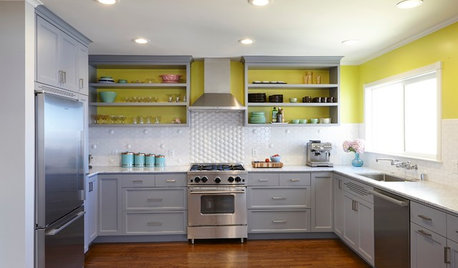
LIFEYou Said It: ‘Art Is a Great Way to Begin the Tale’ and More Quotables
Design advice, inspiration and observations that struck a chord this week
Full Story
EDIBLE GARDENS8 Surefire Vegetables and Herbs for Beginning Gardeners
Learn the edible plants that are popular and easy to grow in a backyard or container garden
Full Story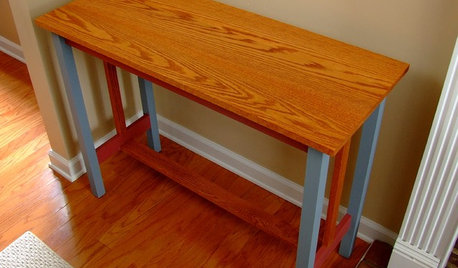
DIY PROJECTSPocket Hole Joinery, the Beginning Woodworker's Best Friend
Make a wide range of sturdy wooden pieces with just this little bit of know-how
Full Story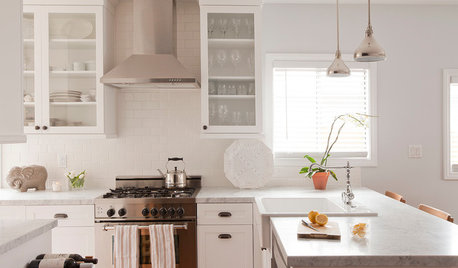
REMODELING GUIDES10 Things to Do Before the Renovation Begins
Prep and plan with this insight in hand to make your home remodeling project run more smoothly
Full Story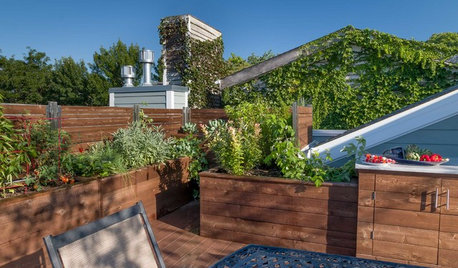
GARDENING GUIDES10 Tips for Beginning Gardeners
With a simple sketch, basic tools and the right plants, you’ll be on your way to growing your first flowers or edibles
Full Story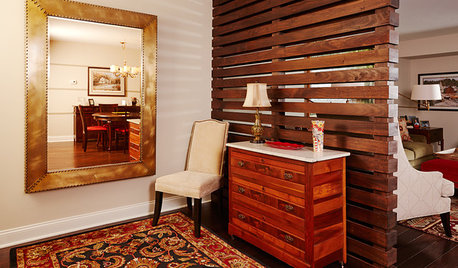
SMALL HOMESRoom of the Day: Living-Dining Room Redo Helps a Client Begin to Heal
After a tragic loss, a woman sets out on the road to recovery by improving her condo
Full StoryMore Discussions






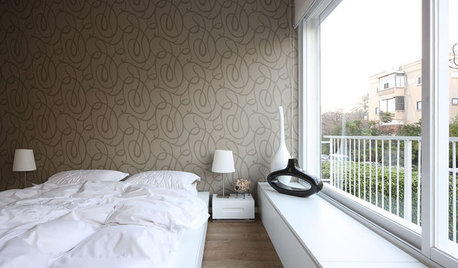
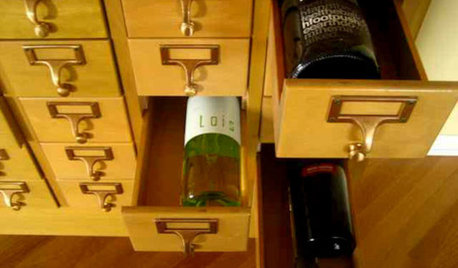

arjo_reich
louisianagal
Related Professionals
Beachwood Landscape Architects & Landscape Designers · Chattanooga Landscape Architects & Landscape Designers · Clemson Landscape Architects & Landscape Designers · Elwood Landscape Architects & Landscape Designers · Otsego Landscape Architects & Landscape Designers · Annandale Landscape Contractors · Choctaw Landscape Contractors · Fridley Landscape Contractors · Milton Landscape Contractors · Merrifield Landscape Contractors · Suisun City Landscape Contractors · Lancaster Decks, Patios & Outdoor Enclosures · Salt Lake City Decks, Patios & Outdoor Enclosures · Somerville Decks, Patios & Outdoor Enclosures · St. Louis Decks, Patios & Outdoor EnclosureskristimamaOriginal Author